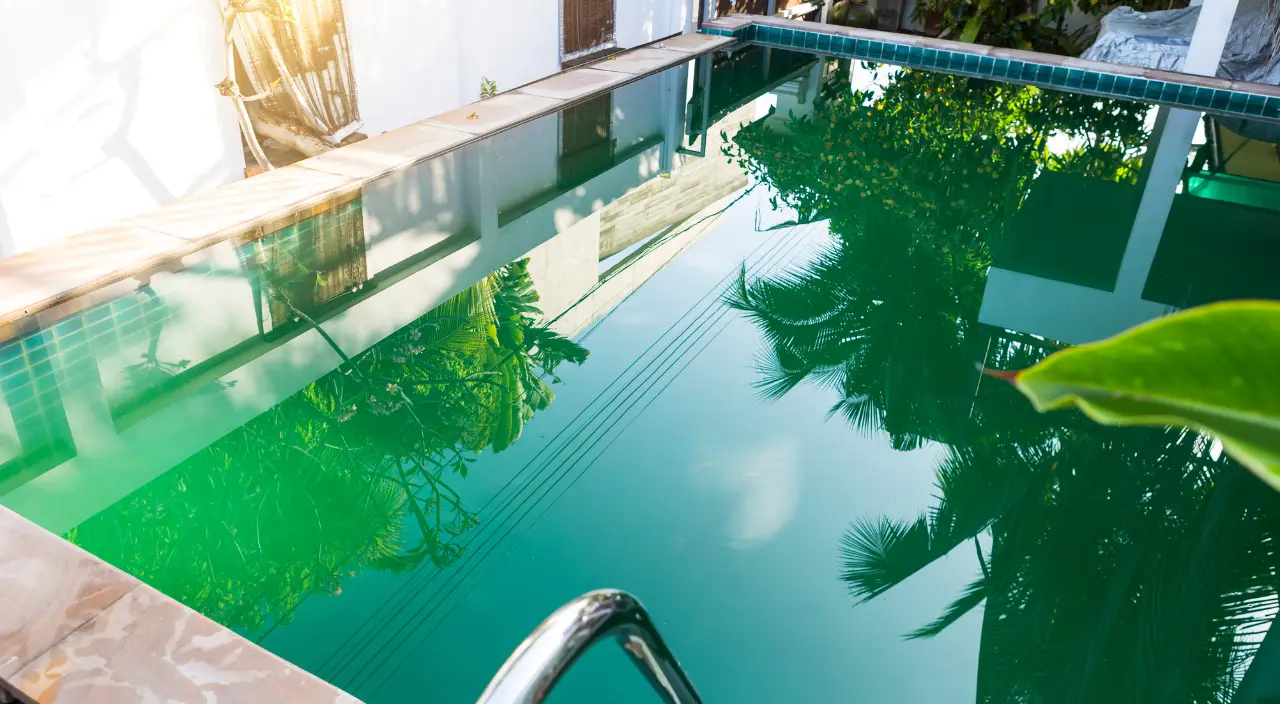Picture this: you step outside on a beautiful Saturday morning, excited to take a refreshing dip in your pool, only to discover that your crystal-clear oasis has transformed into a murky green swamp overnight. The green pool algae has taken over, turning your backyard paradise into an embarrassing eyesore that makes you want to hide from the neighbors.
If you’re dealing with this frustrating situation right now, take a deep breath – you’re not alone, and more importantly, this nightmare doesn’t have to last. Green pool algae might seem like an insurmountable problem, but with the right approach and proven techniques, you can restore your pool to its sparkling glory faster than you ever imagined possible.
In this comprehensive guide, you’ll discover the exact step-by-step process that pool professionals use to eliminate stubborn algae infestations in record time. From understanding what causes these green invaders to implementing foolproof prevention strategies, you’ll have everything you need to become the hero of your own backyard story.
Green Pool Algae
- Green pool algae thrives in warm, stagnant water with poor chemical balance and inadequate filtration
- Most algae problems can be resolved within 24-48 hours using shock treatment and proper filtration
- The key to success lies in maintaining proper pH levels between 7.2-7.6 and adequate chlorine residual
- Brushing pool surfaces is just as important as chemical treatment for complete algae removal
- Prevention through regular water testing and maintenance is far easier than dealing with full-blown infestations
- Algaecide treatments work best as prevention tools rather than primary removal methods
- Understanding your pool’s circulation system is crucial for preventing dead spots where algae flourish
Understanding the Green Pool Algae Enemy
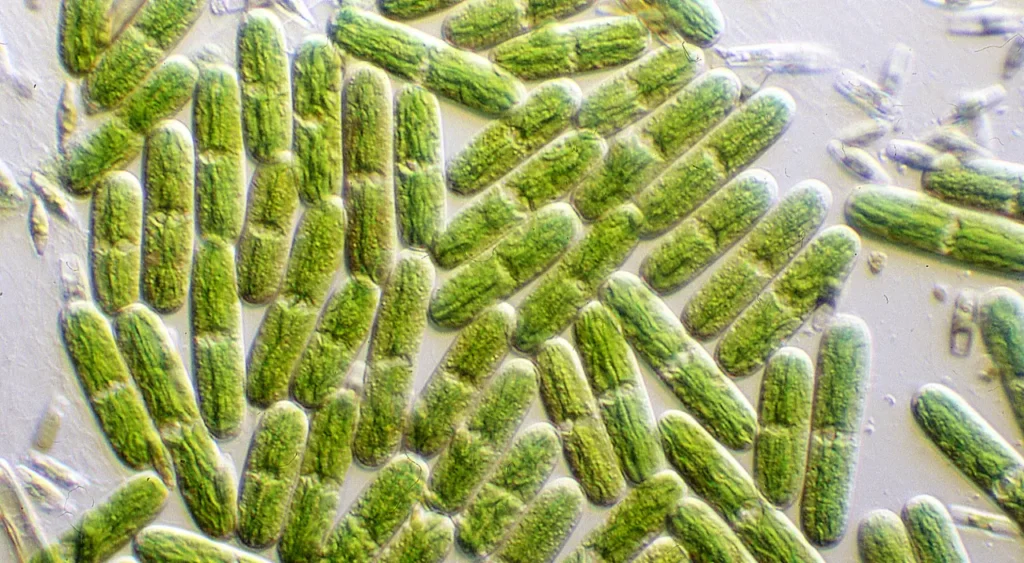
When green pool algae takes hold of your swimming pool, it’s essentially declaring war on your summer fun. But before you can win this battle, you need to understand exactly what you’re fighting against and why it chose your pool as its new home.
Green algae, scientifically known as Chlorophyta, represents the most common type of pool algae that homeowners encounter. Unlike other algae varieties, green pool algae spreads rapidly and can transform clear water into an unsightly green mess within just a few days under the right conditions.
The transformation happens when microscopic algae spores, which are constantly present in the environment, find favorable conditions in your pool water. These tiny organisms multiply exponentially when they encounter warm temperatures, adequate nutrients, and insufficient sanitizer levels. What starts as a barely noticeable green tint quickly escalates into a full-blown algae bloom that can make your pool unusable.
Why Your Pool Became an Algae Paradise
Several factors contribute to creating the perfect storm for green pool algae growth. Poor water circulation stands as the primary culprit, creating stagnant areas where algae can establish colonies without interference. These dead zones often occur behind ladders, in corners, or areas where your filtration system cannot reach effectively.
Chemical imbalances also play a crucial role in algae development. When your pool’s pH levels climb above 7.8, chlorine becomes significantly less effective at sanitizing the water. Similarly, inadequate chlorine levels provide algae with the opportunity they need to establish themselves and multiply rapidly.
Environmental factors further compound the problem. Heavy rainfall can dilute your pool chemicals while introducing additional nutrients that feed algae growth. High temperatures accelerate biological processes, causing algae to multiply faster than your sanitization system can eliminate them.
The 24-Hour Green Pool Algae Elimination System
Now that you understand your enemy, it’s time to implement the proven system that pool professionals use to eliminate green pool algae in record time. This method has been tested and refined through thousands of successful pool recoveries.
The success of this system lies in its systematic approach that addresses every aspect of algae removal simultaneously. Rather than hoping that chemicals alone will solve the problem, this method combines chemical treatment, mechanical removal, and circulation optimization to create an environment where algae cannot survive.
Phase 1: Assessment and Preparation (Hour 1)
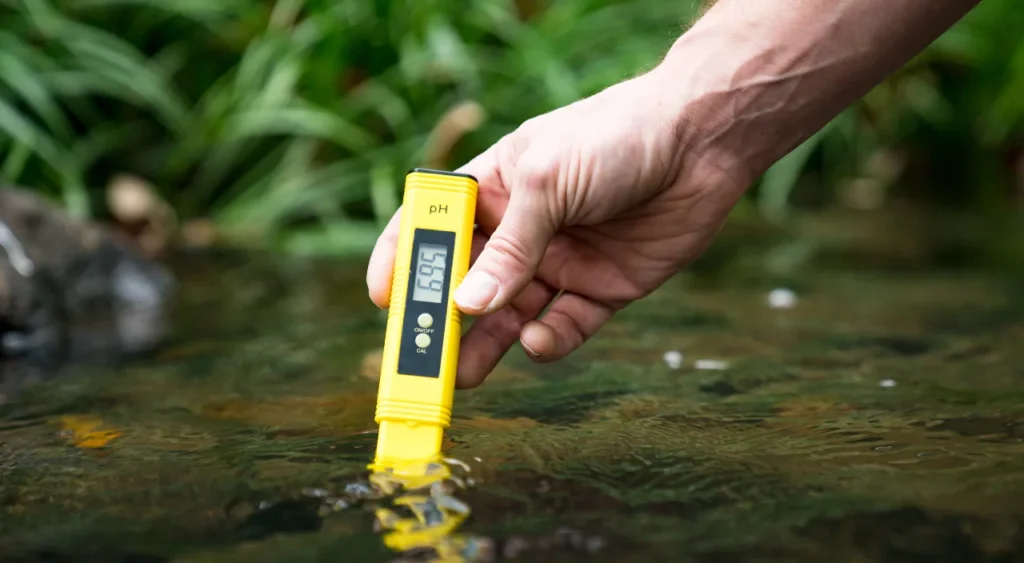
Begin by conducting a thorough assessment of your pool’s current condition. Test your water chemistry using reliable test strips or a digital tester, paying particular attention to pH levels, chlorine residual, and alkalinity. Document these numbers as they’ll guide your chemical adjustments.
Examine your filtration system to ensure it’s operating at peak efficiency. Clean or backwash your filter according to manufacturer specifications, as a clogged filter will sabotage your recovery efforts. Check your pump and skimmer baskets, removing any debris that could impede water circulation.
Prepare your equipment and chemicals before beginning treatment. You’ll need pool shock (calcium hypochlorite or sodium hypochlorite), algaecide, pH adjustment chemicals, and a reliable pool brush. Having everything ready ensures you can work efficiently without interruptions.
Phase 2: Chemical Shock Treatment (Hours 2-4)
The shock treatment phase represents the most critical component of green pool algae elimination. This process involves adding concentrated chlorine to achieve levels that are lethal to algae while being safe for your pool equipment.
Calculate the required shock dosage based on your pool’s volume and current chlorine levels. For severe algae infestations, you’ll typically need to achieve chlorine levels of 10-20 parts per million (ppm), which may require 2-4 pounds of shock treatment for an average-sized pool.
“The biggest mistake pool owners make is under-shocking their algae problem. You need to hit it hard and fast with enough chlorine to oxidize every trace of organic matter in the water.” – Pool Industry Professional
Add the shock treatment gradually around the pool’s perimeter while your pump is running. This ensures even distribution and prevents chemical hot spots that could damage your pool surface. Allow the chemicals to circulate for at least two hours before proceeding to the next phase.
READ ALSO: Complete Guide to Pool Chemical Balance: Master pH and Chlorine Levels Like a Pro
Phase 3: Mechanical Removal and Brushing (Hours 4-8)
While chemicals provide the killing power, mechanical removal ensures that dead algae particles are eliminated from your pool surfaces. Brushing pool surfaces serves two crucial purposes: it dislodges algae colonies and circulates dead algae into the water column where filtration can remove it.
Start brushing from the deep end and work systematically toward the shallow end, paying special attention to areas where algae typically concentrate. Focus on steps, corners, behind ladders, and any textured surfaces where algae can gain a foothold.
Use firm, overlapping strokes to ensure complete coverage of all surfaces. The brushing process may initially make your water appear cloudier as dead algae particles become suspended, but this is a positive sign that the treatment is working effectively.
| Brushing Schedule | Surface Type | Recommended Frequency |
|---|---|---|
| Initial Treatment | All surfaces | Every 2 hours |
| Day 2-3 | Problem areas | Twice daily |
| Maintenance | All surfaces | Weekly |
Phase 4: Filtration and Circulation Optimization (Hours 8-24)
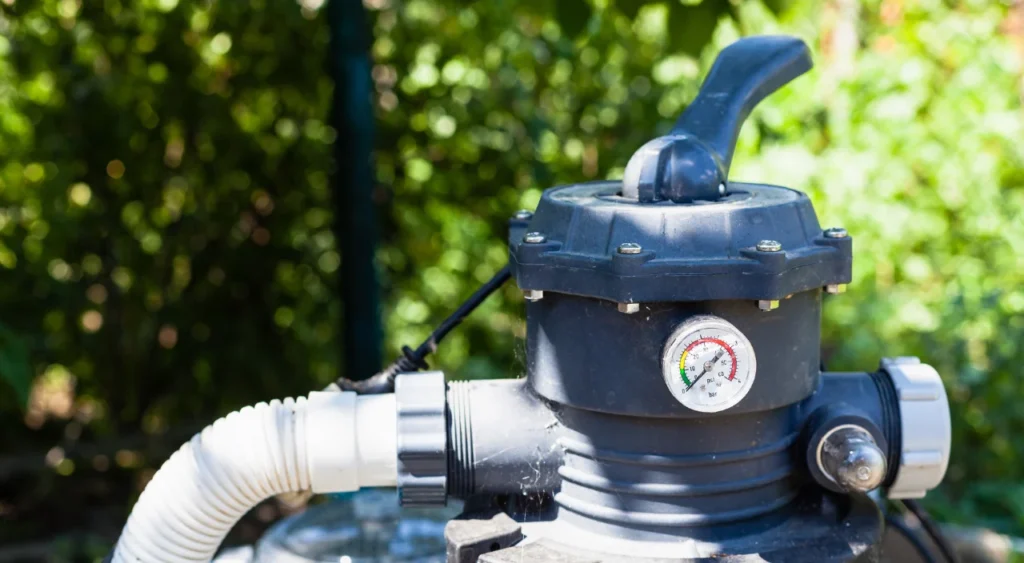
The final phase focuses on removing dead algae particles and maintaining optimal water circulation to prevent recontamination. Your filtration system becomes the hero during this phase, working continuously to capture and remove algae debris.
Run your pool pump continuously during the recovery period, ideally for 24-48 hours straight. This extended operation ensures maximum turnover and filtration, preventing algae particles from settling back onto pool surfaces.
Monitor your filter pressure gauge closely, as dead algae particles will clog your filter more quickly than usual. Be prepared to clean or backwash your filter multiple times during the recovery process. Sand and DE filters may require backwashing every 6-8 hours, while cartridge filters may need cleaning or replacement.
Advanced Algae Prevention Strategies
Preventing green pool algae from returning requires understanding the underlying conditions that allowed it to flourish initially. Successful prevention focuses on maintaining consistent water chemistry, optimizing circulation, and implementing proactive maintenance routines.
Regular water testing forms the foundation of effective algae prevention. Test your pool water at least twice weekly during swimming season, checking pH levels, chlorine residual, and alkalinity. Maintaining these parameters within ideal ranges creates an environment hostile to algae growth.
Optimizing Your Pool’s Circulation System
Proper water circulation prevents the stagnant conditions that green pool algae requires to establish colonies. Evaluate your pool’s circulation pattern by observing how water moves throughout the system during normal operation.
Identify and address dead spots where water movement is minimal. These areas often require additional circulation through strategic placement of return jets or supplemental circulation equipment. Consider upgrading to variable-speed pumps that can provide extended low-speed circulation while maintaining energy efficiency.
Timing your circulation system optimally ensures consistent water movement during periods when algae growth is most likely. Run your pump during daylight hours when photosynthesis drives algae reproduction, and consider extending operation during hot weather when biological activity increases.
Troubleshooting Persistent Algae Problems
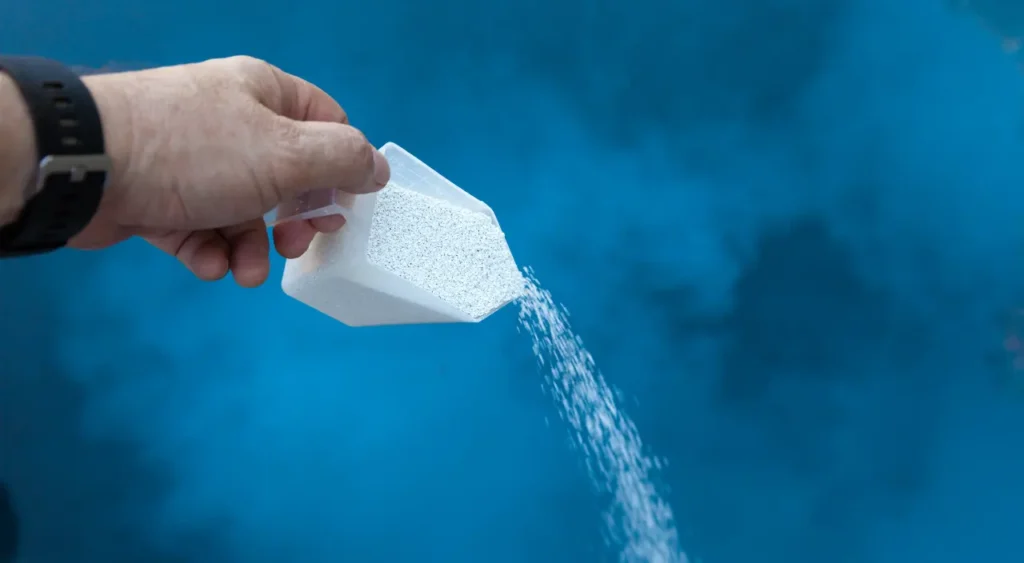
Sometimes green pool algae proves more stubborn than expected, requiring additional strategies beyond standard treatment protocols. Understanding why algae persists helps you adjust your approach for complete elimination.
Persistent algae problems often indicate underlying issues with your pool’s infrastructure or maintenance routine. Hidden organic matter, inadequate circulation, or chemical-resistant algae strains may require specialized treatment approaches.
When Standard Treatment Fails
If your initial 24-hour treatment doesn’t achieve complete green pool algae elimination, resist the temptation to immediately add more chemicals. Instead, focus on identifying and addressing the root cause of the persistence.
Check for organic debris that may be feeding continued algae growth. Remove leaves, insects, and other organic matter that can serve as nutrients for algae reproduction. Clean your pool thoroughly, including areas that are difficult to reach during routine maintenance.
- Increase brushing frequency to twice daily, focusing on problem areas
- Extend filtration runtime to 24 hours daily until water clears completely
- Test for phosphates which can fuel continued algae growth
- Consider professional water analysis to identify hidden problems
- Evaluate equipment performance including pump and filter efficiency
The Science Behind Effective Algae Control
Understanding the biological processes that drive green pool algae growth enables more effective control strategies. Algae are photosynthetic organisms that require sunlight, nutrients, and favorable water conditions to thrive.
The photosynthesis process that algae use to generate energy occurs primarily during daylight hours. This explains why chlorine levels often drop significantly overnight in algae-infested pools, as the sanitizer works continuously to oxidize algae and their byproducts.
Temperature plays a crucial role in algae reproduction rates, with growth accelerating exponentially as water temperatures rise above 75°F. This temperature sensitivity explains why algae problems often coincide with hot weather periods when pools receive the most use.
Chemical Interactions and Algae Control
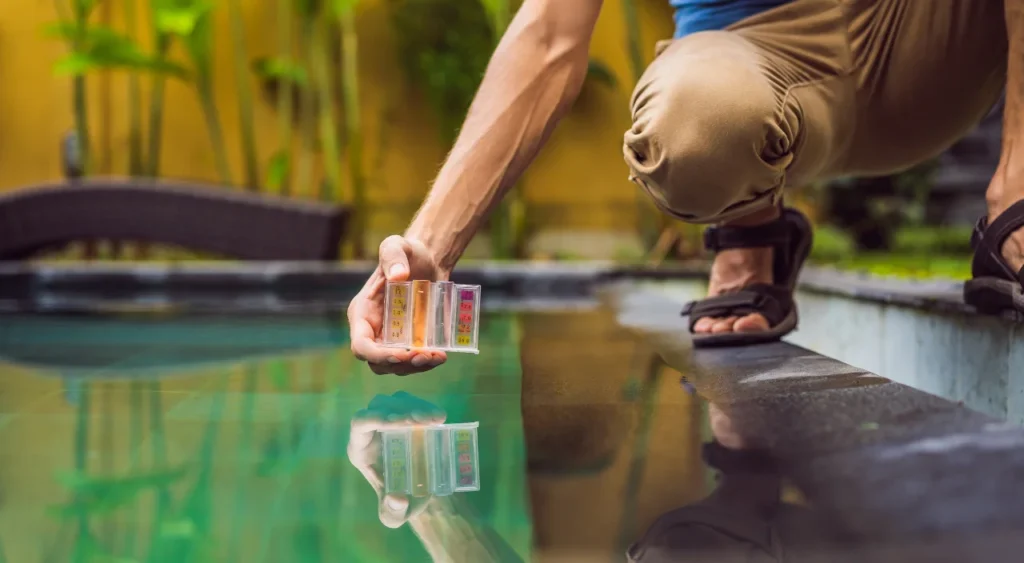
The relationship between pH levels and chlorine effectiveness directly impacts your ability to control green pool algae. When pH rises above 7.6, chlorine’s sanitizing power decreases dramatically, allowing algae to establish themselves despite adequate chlorine residuals.
Calcium hardness and total alkalinity also influence algae control effectiveness. Proper alkalinity levels buffer pH changes, maintaining stable conditions that support consistent sanitizer performance. Low calcium hardness can lead to aggressive water that damages pool surfaces, creating rough areas where algae can anchor more easily.
Professional Secrets for Lightning-Fast Recovery
Pool service professionals have developed time-tested techniques that dramatically accelerate green pool algae elimination. These insider strategies can help you achieve professional-quality results using readily available materials and equipment.
The “double-shock” method involves applying shock treatment in two phases separated by 4-6 hours. This approach maintains consistently high oxidizer levels throughout the treatment period, preventing algae from recovering between applications.
Professional-grade algaecides work differently than consumer products, often containing copper-based compounds that provide residual algae control. However, these products require careful application to prevent staining and should be used sparingly in conjunction with proper sanitization.
Equipment Upgrades That Make a Difference
Investing in quality equipment significantly improves your ability to prevent and treat green pool algae problems. Variable-speed pumps provide superior circulation control while reducing energy costs, allowing extended filtration periods without excessive electricity bills.
Advanced filtration systems, including cartridge filters with enhanced surface area or DE filters with superior particle removal capabilities, capture algae more effectively than standard sand filters. Consider upgrading if you frequently battle algae problems despite proper chemical maintenance.
UV sterilization systems provide an additional layer of algae control by destroying algae cells as water passes through the UV chamber. While not essential for most pools, UV systems offer valuable insurance against algae problems in challenging environments.
Your Green-Free Future Starts Now
Transform your green pool algae nightmare into a distant memory by implementing the proven strategies outlined in this guide. Remember that successful algae elimination requires patience, persistence, and attention to detail, but the results are absolutely worth the effort.
The 24-hour elimination system works because it addresses every aspect of algae growth simultaneously. By combining aggressive chemical treatment with mechanical removal and optimized circulation, you create conditions where algae simply cannot survive or reproduce.
Moving forward, focus on prevention rather than treatment. Regular water testing, consistent chemical maintenance, and proper circulation will keep your pool crystal clear throughout the swimming season. The small investment in preventive maintenance pays dividends in reduced chemical costs, equipment longevity, and countless hours of enjoyable swimming.

FAQ’s
1. How do you fix a green pool fast?
Put in 1 gallon of chlorine for every 10000 gallons of water and run pool for 24-48 hours straight and this should get the green out and start the clean up procedure.
2. How do I get the green out of my pool?
To clear a green pool, you’ll need to address the algae that’s causing the discoloration. This involves shocking the pool with chlorine, brushing the pool surfaces to remove algae, and ensuring proper filtration. If the water remains green or cloudy after the initial treatment, you may need to repeat the process and/or add a clarifier to help remove the dead algae particles.
3. How quickly can you fix a green pool?
It depends on the chemistry… Usually 2 to 3 days. Check CYA and shock it. Keep chlorine high until it kills the algae. Backwash (or clean filters) frequently and vacuum the dead algae that collects on the bottom. You can vacuum to waste so it doesn’t go through the filter but don’t let the water get too low.
4. Will baking soda clear a green pool?
No, baking soda will not clear a green pool on its own. Baking soda primarily affects alkalinity and pH levels, which can help improve chlorine’s effectiveness, but it does not kill algae. To eliminate algae, you need to use an algaecide or shock treatment to kill the algae and then superchlorinate the pool to clear the water.

